How To Make Street Light Control With Timer Wiring:
This diagram shows how to make Street Light Control With Timer Wiring Diagram. In this circuit, we use a TP MCB ( Tripple Pole Miniature Circuit Breaker ), a magnetic contactor, an SP MCB ( Single Pole Minature Circuit Breaker ), a changeover switch, and a timer. This circuit diagram is very simple and easy to make connect it. If you want to know more about this circuit, please check our youtube video below the post.
Advertisements
Components needed For this Project:
You can get the components from any of the sites below:
- TP MCB 20A [See Buy Click Amazon]
- Magnetic Contactor 25A [See Buy Click Amazon]
- SP MCB 10A [See Buy Click Amazon]
- Changeover Switch [See Buy Click Amazon]
- 8 Pin Timer 220V AC [See Buy Click Amazon]
- CFL Light [See Buy Click Amazon]
*Please note: These are affiliate links. I may make a commission if you buy the components through these links. I would appreciate your support in this way!
Advertisements
Components used to make the How To Make Street Light Control With Timer Wiring:
The full meaning of MCB is Miniature Circuit Breaker for TP MCB. MCB is an electromagnetic switch or device. If for any reason a short circuit occurs in the supply line or load line (line to line or line to neutral) or in case of overload MCB. the MCB automatically trips and disconnects the main line circuit or household power supply Connection. TP MCB In 3 Pole MCB, Switching & Protection is affected in only 3-Phases and the Neutral is not part of the MCB. 3 pole MCB signifies the Connection of Three Wires for a 3-Phase system Red-Yellow-Blue Phase. 3-Phase Supply Only Without Neutral.
02. Magnetic Contactor:
A magnetic contactor is an electromagnetic switching device. It is generally used for controlling 3-phase Motors. The operation of a magnetic contactor is similar to that of a Relay. but a relay is used for low-power or low-voltage connections, and a magnetic contactor is used for high-power or high-voltage connections. As soon as the supply is applied to the magnetic contactor coil. its normally open contacts are closed and normally closed contacts are opened and the associated devices are also operated. This is how a magnetic contactor works.
In single-pole MCB, Switching and protection are Affected in only one Phase. Single phase supply to break the phase only. A single Pole breaker is Typically used with 120-volt Circuits, and a 6-20 amps Miniature Circuit Breaker. They are constructed with one Line Wire and one Neutral wire. A Single Pole switch is the most basic General-Purpose switch that you use to Control a light or another device from one location. These Switches have 2 Brass-Colored screw Terminals Connected to the hot Power source wires. Pole refers to the number of Circuits Controlled by the Switch SP Switches Control only one Switch Electrical Circuit.
04. Changeover Switch:
Change over switch is a medium of line transfer that is used in industry. Every industry has a supply line using change-over switches to supply power. A Changeover Switch is an Electrical Switch That Allows a load to be Changed from one Electrical Source to Another and vice Versa, Either Manually or Automatically. A Changeover Switch is specially made to transfer a house is electricity from the Normally used Commercial Power supply grid to a more local Generator when a power Outage Occurs.
A timer is a type of time-switching device that controls and controls Electrical circuits and electrical and electronic devices through time setting (on/off). The timer is basically 8-pin. Like other controlling devices the timer has a coil and when this coil is magnetized, the timer works on/off. The timer has 2 common ends and each common end has normally close and normally open options. When the timer is set by time, the timer trips at the end of that time and turns the common is normally closed (on) to open (off) and normally open (off) to close (on). This is how the timer works.
06. CFL Light:
CFL stands for Compact Fluorescent Lamp which is an improved version of tube lights of earlier days. Like tube lights, it is a vacuum glass tube with fluorescent powder coating which is not as long and straight as tube lights but curved/twisted compact, or small in size. Like a tube light, it has electrodes or filaments at both ends. But in this case, instead of a choke, there is an electronic circuit that drives the Compact Fluorescent Lamp. Because the red wave is less in the light of the Tubelight and Compact Fluorescent Lamp, the object looks a little pale or the correct color of the object does not appear.
Thank You for visiting the website. Keep visiting for more Updates.
Frequently asked questions
It is a real-time timer that is used to control the street lights. It automatically switches on/off the street lights at the preset time. By using this timer, we can switch off the lights during the daytime preventing power wastage unnecessarily.
Principle: This circuit uses a popular timer I.C 555. I.C 555 is connected as a comparator with pin-6 connected with positive rail, the output goes high(1) when the trigger pin 2 is at lower than 1/3rd level of the supply voltage. Conversely, the output goes low (0) when it is above the 1/3rd level.
The light timer was an electrical circuit diagram with an integrated clock. It could be set to turn the lighting on or off at the specific time, according to individual requirements. The buying choices include devices featuring single and multiple electrical outlets, as well as those included within a complete security system.
The primary, reliable, and most common traffic light sensors were induction loops. Induction loops are coils of wire that have been embedded in the surface of the road to detect changes in inductance, and then convey them to the sensor circuitry to produce signals.
Fluorescent lamps, preferred for moderate illumination, or Metal Halide (MH) lamps, known for excellent color rendering, have also been introduced. High-pressure sodium lamps are prevalent in road lighting due to their high luminous output, efficacy, and longevity.
Read more Single Phase Wiring
What is a kilowatt-hour (kWh) | kwh formula | What does kwh mean
Introduction to Electrical Units and CircuitskW and kWh on your electricity bill As your home uses electricity during...
What is the Difference Between kVA | What does KVA mean | kVA formula
Difference Between KVA ExplainedWhat does KVA Mean? There are technical terms aplenty when it comes to generators, and...
Power Factor | Power Unit | Energy | Electricity Unit
Power factor definition | Calculating Power FactorPower Factor Values In a purely resistive circuit, the power factor...
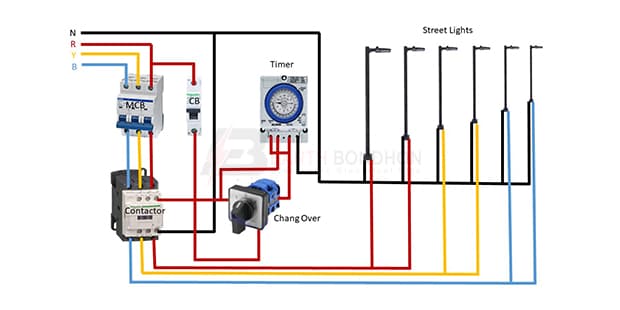
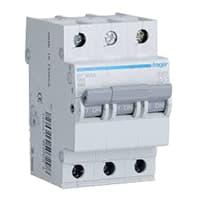

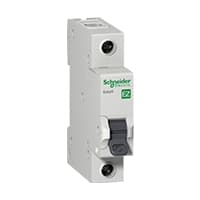
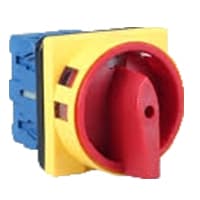
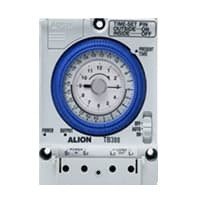
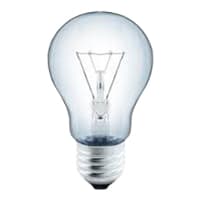
0 Comments